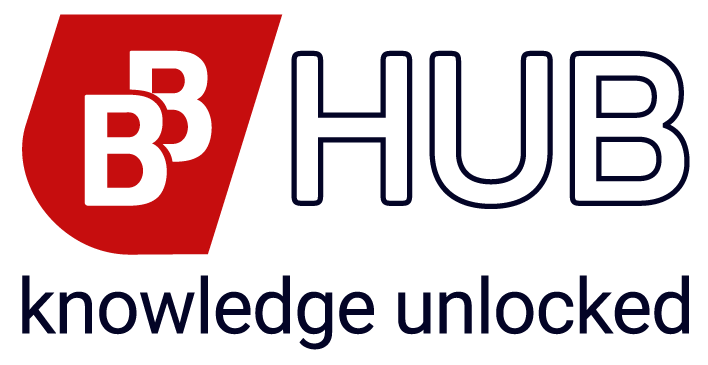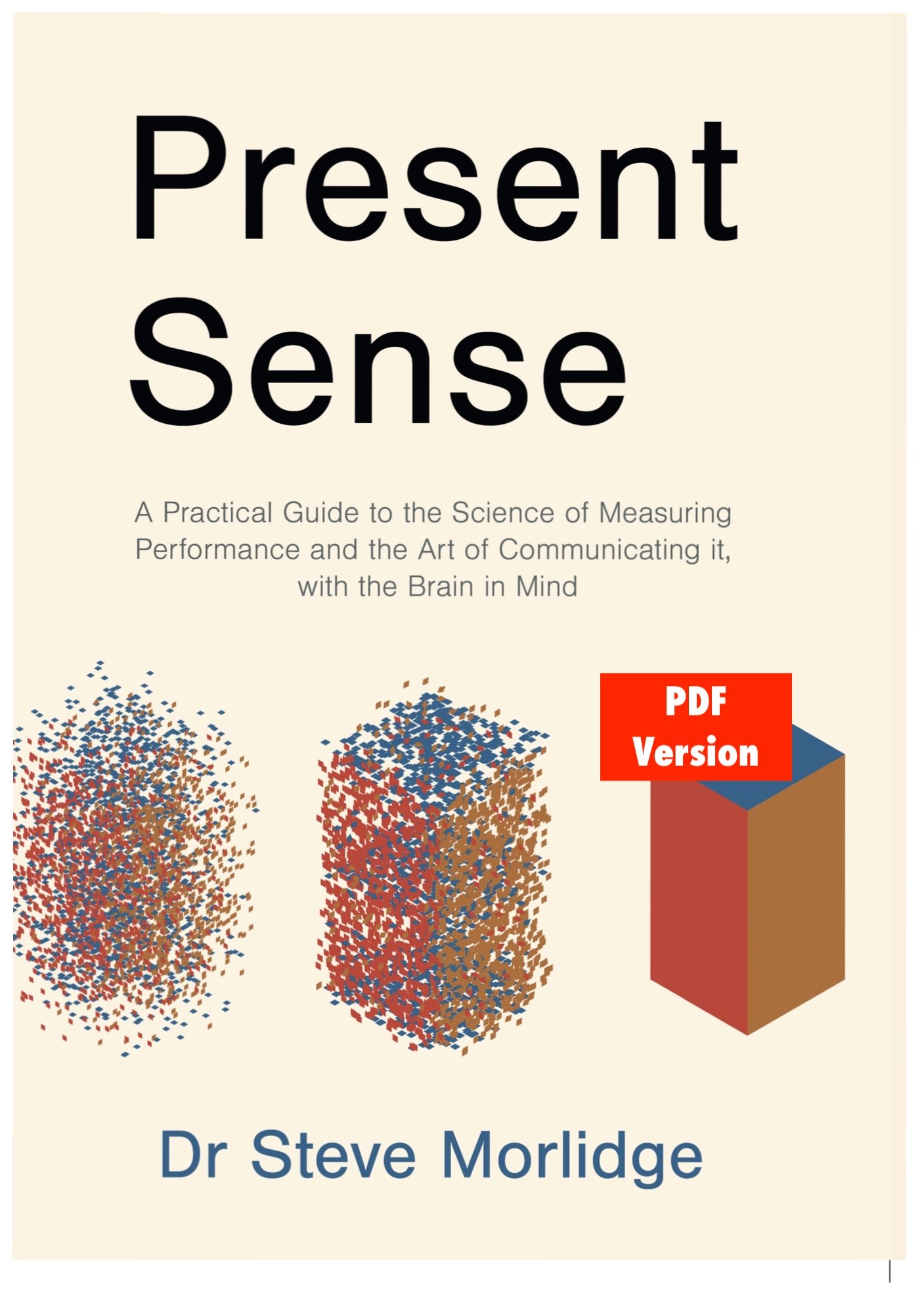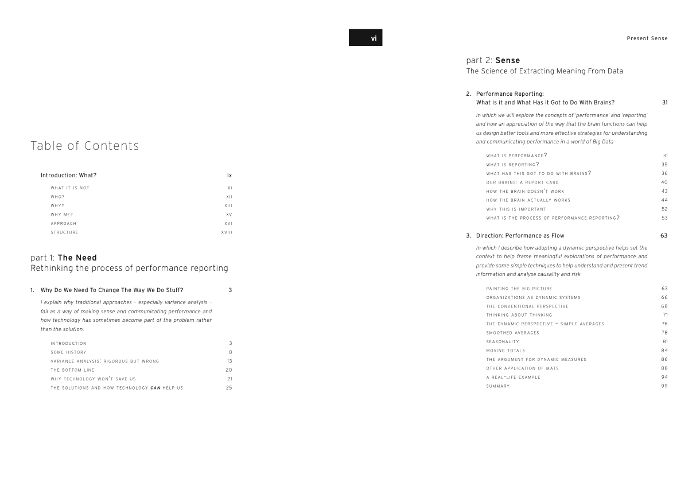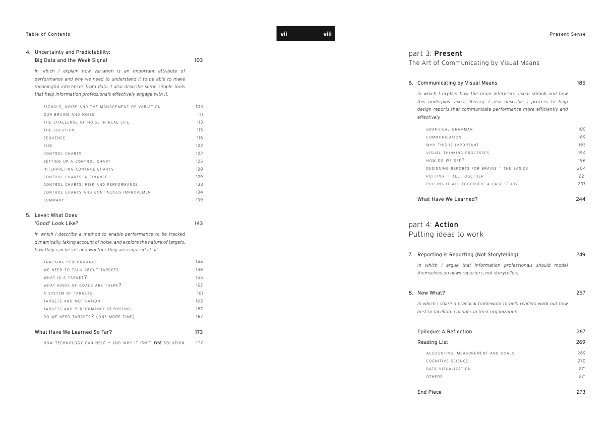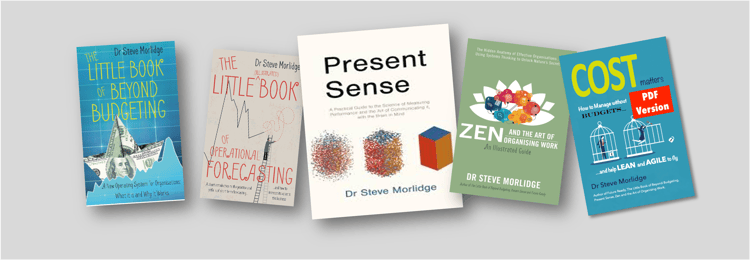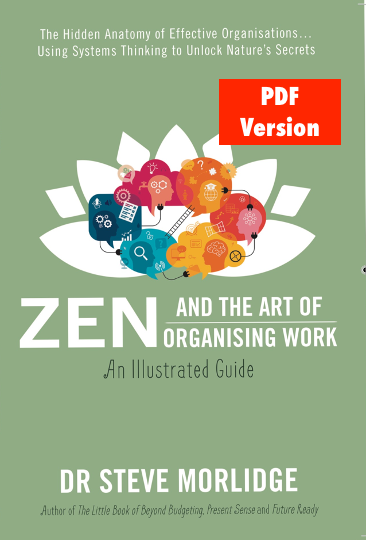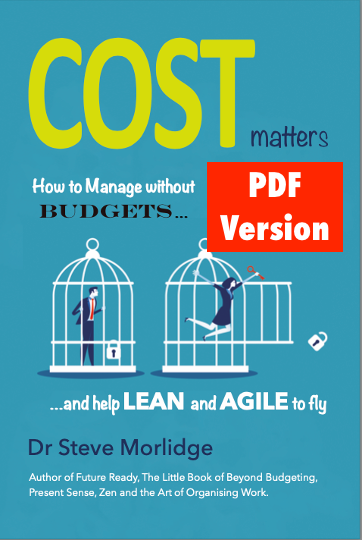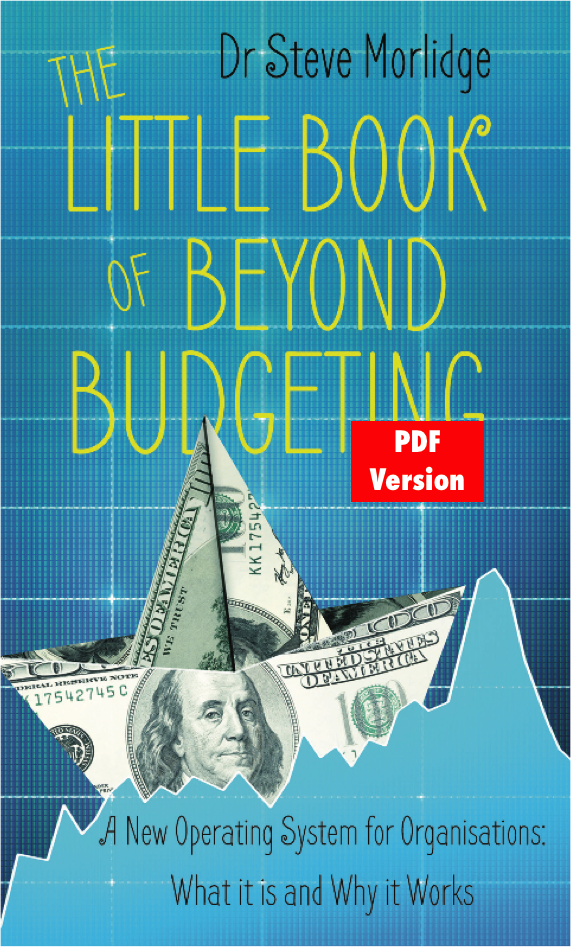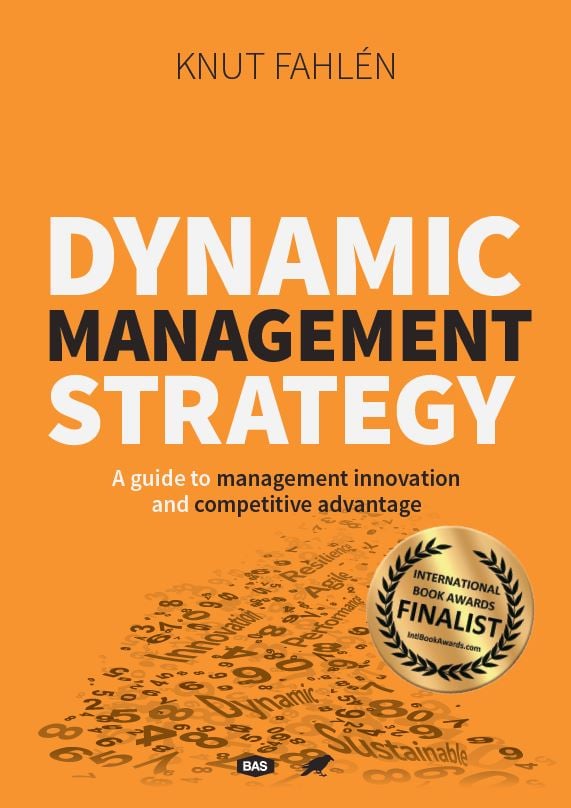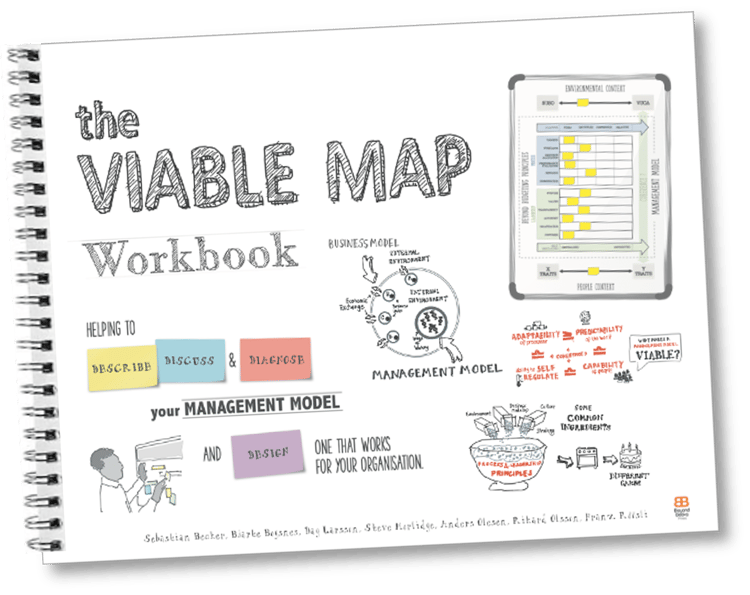Present Sense: a Practical Guide to the Science of Measuring Performance and the Art of Communicating it, with the Brain in Mind (PDF)
This book is aimed at people wanting to learn how to report on performance effectively in the absence of traditional budgets where it is not possible to analyse variances in detail.
It addresses both how to meaningfully analyse performance but also how to present it in an impactful way. And in a simple and practical manner it weaves together simple statistical methods, the latest advances in neuroscience and the art of data visualisation.
It was inspired by the insight that traditional approaches to measuring and analysing business performance - such as those used in budgetary control - are deeply flawed. This is because they are based on two shaky assumptions.
The first is that measurements of actual performance are faithful representations of 'reality' whereas in practice they are allinfected by unknown amounts of noise.
The second is that detailed plans, drawn up in advance are useful comparators, whereas at best they are usually based on out of date assumptions; at worse they are no better than a politically motivated guess.
These problems are compounded by the fact that the results are presented in a way that makes it very difficult for the consumers of this information to assimilate it.
From this starting point the book outlines alternative ways in which information professionals can extract meaning from data and then present in an effective manner. This is all informed by the latest scientific insights on how the brain makes sense of the world and how best to harness its capabilities to communicate meaning quickly and faithfully to decision makers.
The book is made of of eight chapters organised into four parts.
PART 1 addresses THE NEED for change
Chapter: 1 'Why do we need to change...?' contains a critique of traditional variance analysis and tables of data as means of communicating performance information
PART 2 tackles the notion of SENSING what is going on
Chapter 2: 'Performance Reporting...' introduces some foundational concepts and explores how the brain extract meaning from an environment that is equally complex and challenging as those faced by organisations.
Chapter 3: 'Direction...' describes how performance is best conceptualised as a trend or flow through time rather than a position as a point in time. It also introduces soem simple techniques that can be used for measuring and analysing performance trends.
Chapter 4: 'Uncertainty and Unpredictability...' addresses the issue of noise - how it can obscure reality and what to do about it.
Chapter 5: 'Level...' talks about how we establish what 'good' performance looks like.
PART 3 deals with how best to PRESENT information given what we know about how the brain assimilates it
Chapter 6: 'Communication by Visual Means' explains what neuroscientists can tell us about how the brain processes and makes sense of visual stimulation and provides a practical recipe to help people apply this to the way they report on performance.
PART 4 deals with how to put these ideas into ACTION
Chapter 7: 'Reporting is Reporting...' counsels against the idea of reporting as 'story telling'
Chapter 8: 'Now What?' discusses practical strategies for bring about change.
Note that a purchase generates a unique watermarked a PDF file and cannot not be shared without the authors permission.
About the Author
Steve Morlidge has been involved with Beyond Budgeting since its inception in 1998. As Controller of one of Unilever's largest subsidiaries he was one of the original sponsors and he subsequently led a Beyond Budgeting change project for the whole enterprise.
He is the author of six books on Beyond Budgeting related topics and completed a PhD exploring the links between Beyond Budgeting and systems theory. He is a visiting Professor at BBP University and a visiting fellow at Cranfield University.
'Explorer' members get a 10% discount on this product and 'Implementer' members 25%.
